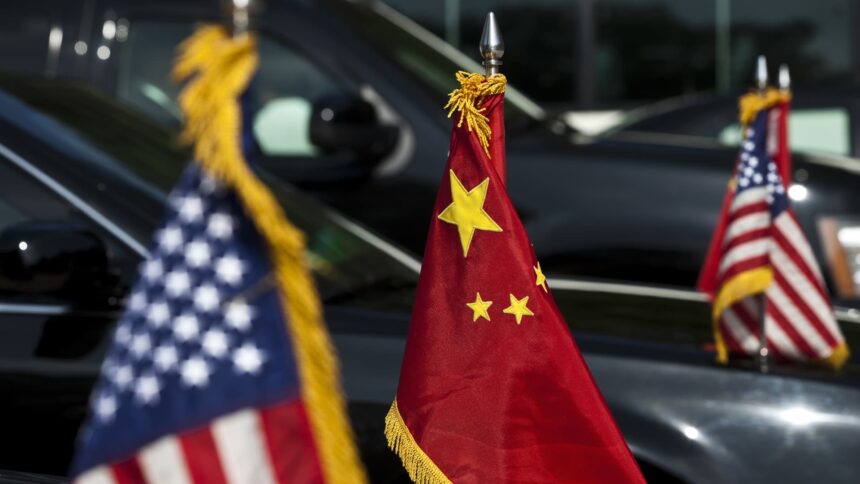In a continued escalation of trade tensions, China has firmly defended its newly announced export controls on rare earths, describing them as a “legitimate” action under international law. This response comes in the wake of accusations from the U.S. regarding economic coercion. The Chinese Ministry of Commerce emphasized that these controls, implemented on October 9, are part of a broader strategy to enhance China’s export control framework and aimed at safeguarding global peace and regional stability amidst what it termed a significantly turbulent global security climate.
These export regulations extend beyond just rare earth materials to include related intellectual property and technologies. This announcement occurs shortly before a potential meeting between U.S. President Donald Trump and Chinese President Xi Jinping, highlighting the increasing complexity of U.S.-China relations.
A spokesperson for the Chinese Ministry of Commerce clarified that the new controls do not amount to outright export bans, stating that applications which meet certain criteria would be approved. “China has fully assessed the potential impact of these measures on the supply chain and is confident that the impact will be very limited,” the spokesperson remarked. Beijing’s curbs necessitate that foreign entities secure a license to export products containing over 0.1% of rare earths sourced domestically or utilizing Chinese technology for extraction and production. Additionally, any applications for goods that could be used for military purposes will be rejected.
In response to the tightening of these controls, Trump’s administration announced a new set of tariffs, imposing a 100% tax on imports from China effective November 1. Trump also indicated plans to impose export controls on critical software starting the same date. The reaction from the markets was immediate and severe, with stock markets plunging and erasing approximately $2 trillion in value following Trump’s remarks on social media, where he asserted that “there is no way that China should be allowed to hold the World ‘captive'” with its approach to rare earths.
The Chinese Commerce Ministry rebuked these U.S. actions, accusing Washington of “double standards,” noting that the U.S. maintains a control list that encompasses over 3,000 items, compared to fewer than 1,000 on China’s list. China, which is responsible for roughly 70% of the global supply of rare earths, has previously leveraged these crucial minerals as a bargaining chip in trade negotiations.
Amid this escalating conflict, Beijing also announced that it would begin charging U.S. ships docking at Chinese ports starting October 14, a move mirroring a new U.S. fee on Chinese vessels entering American ports on the same date. This decision comes as the U.S. holds only 0.1% of the global shipbuilding market, in stark contrast to China’s 53.3%.
In its defense, the Chinese government characterized this reciprocation as “necessary passive defensive actions,” asserting that the recent U.S. actions have negatively impacted the atmosphere for economic and trade discussions between the two nations.
Recent trade negotiations, which resumed after a considerable hiatus, have shown signs of progress. High-level discussions took place in Geneva, London, and Madrid earlier this year, where both countries appeared to establish frameworks for cooperation. Notably, discussions surrounding the divestment of TikTok’s U.S. operations gained traction, although details remained unresolved following a September phone call between Trump and Xi.
While Trump has indicated plans to meet Xi at the Asia-Pacific Economic Cooperation forum later this month, the future of these discussions hangs in the balance, especially after Trump’s threat on social media to potentially cancel the upcoming meeting due to China’s enforcement of export restrictions. The situation continues to evolve as both nations navigate the complex dynamics of their trade relationship.






